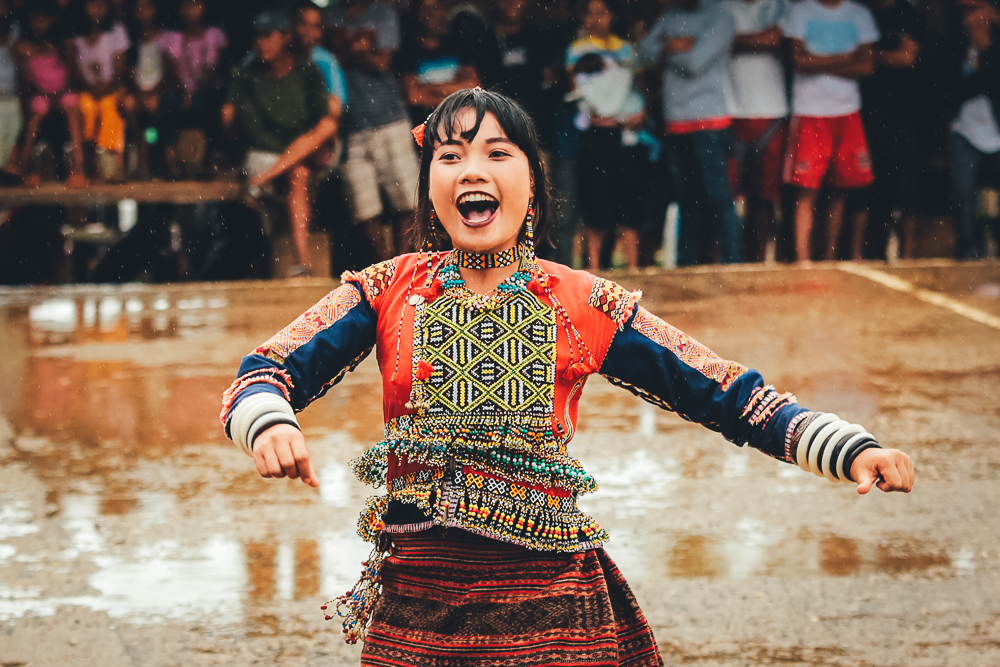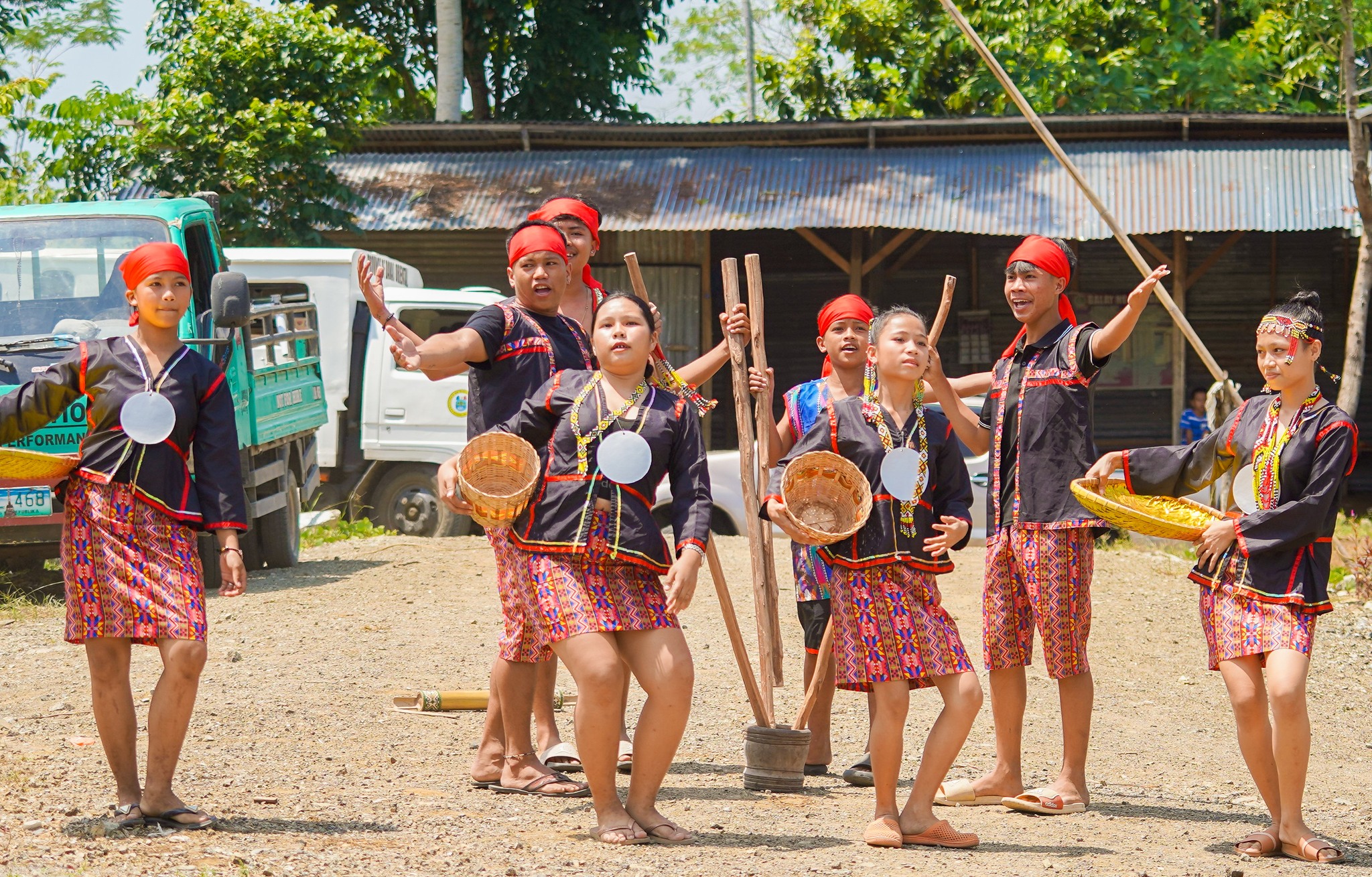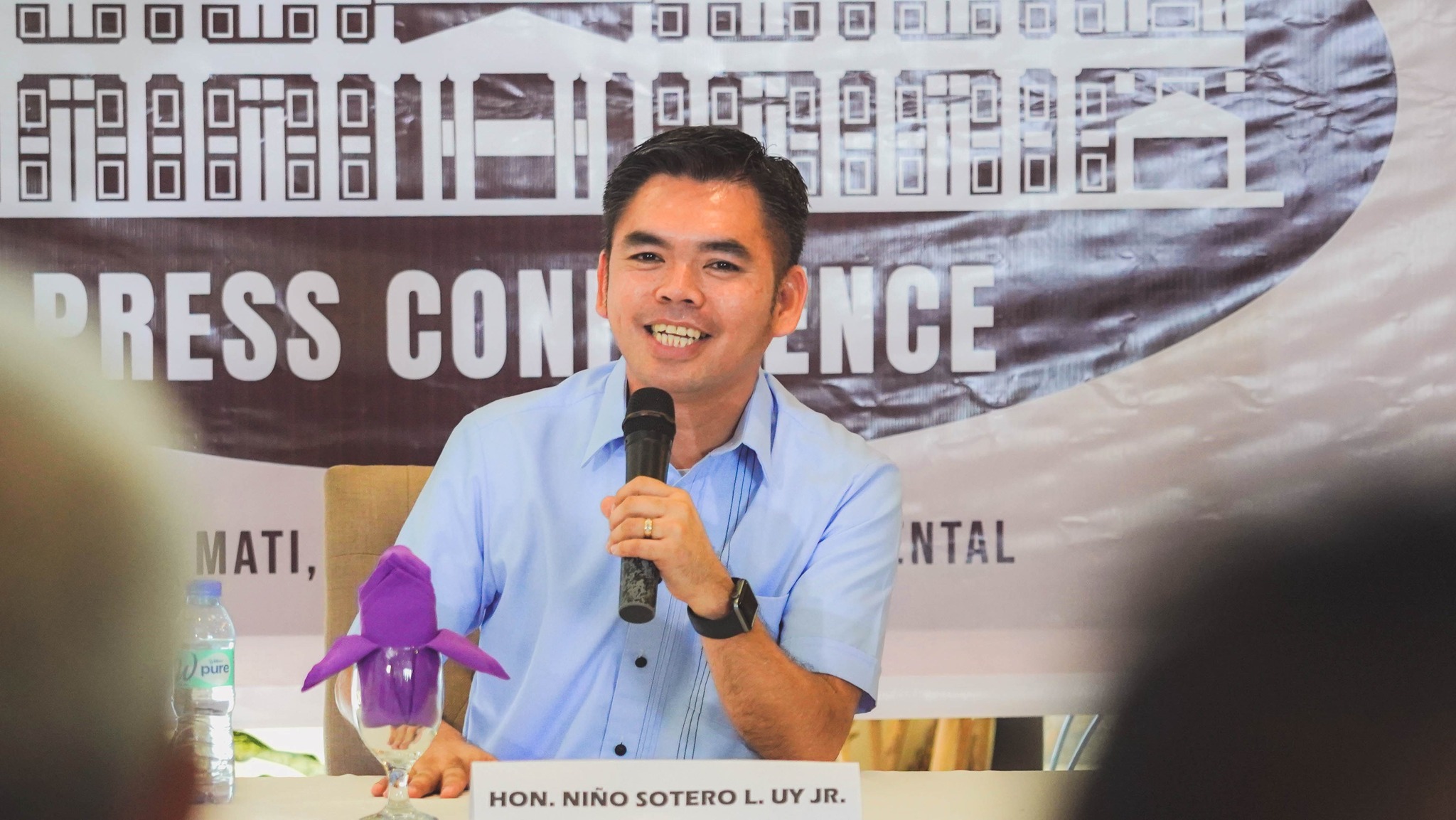CARAGA, DAVAO ORIENTAL – It is one of Southern Mindanao’s Indigenous People’s communities that has perfectly preserved its culture.
Sitio Sangab, including the other 12 sub-villages that comprise the Certificate of Ancestral Domain Title-01 (CADT-01) situated in the upland village of Pichon in this town is being considered as one of the outstanding culturally rich IP communities in Southern Mindanao that has stood the test of time.
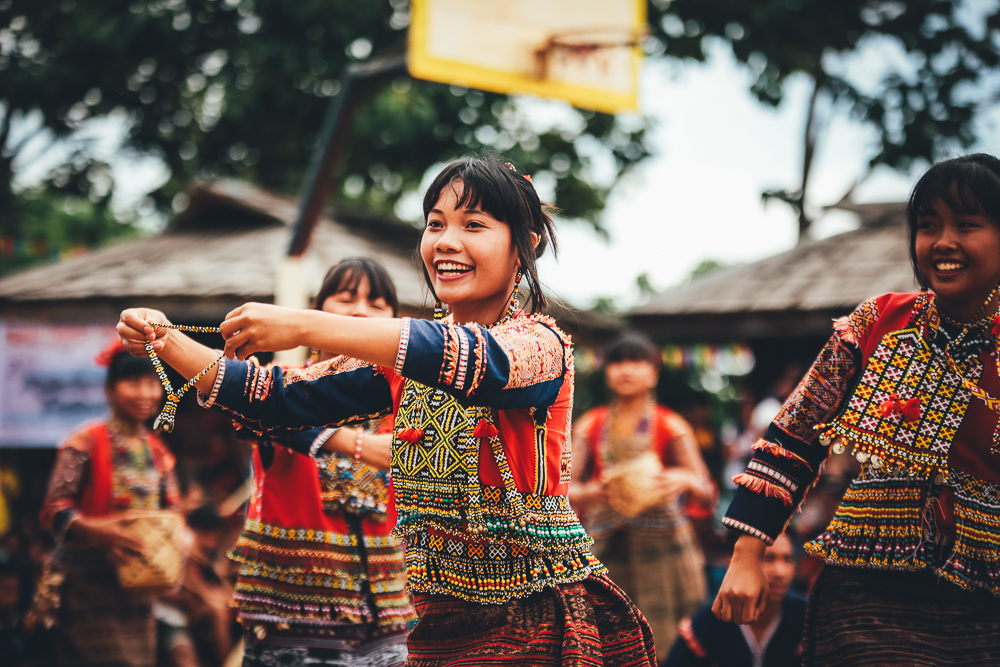
The 20th Kalindugan Festival held recently at this hinterland village celebrates their unity, strength and pride as a Mandaya community in the face of many adversities, showcasing their love for their culture and bond as a tribe.
National Commission on Indigenous Peoples (NCIP) Commissioner for Southern and Eastern Mindanao Atty. Leonor Oralde-Quintayo, who in 2014 personally awarded the title to this Mandaya community, expressed during the festival her awe to the community’s strength and resiliency despite the challenges they have faced, including the murder of the late tribal chief Copertino Banugan in 2016 by New People’s Army rebels and the leadership crisis within the tribe that ensued.
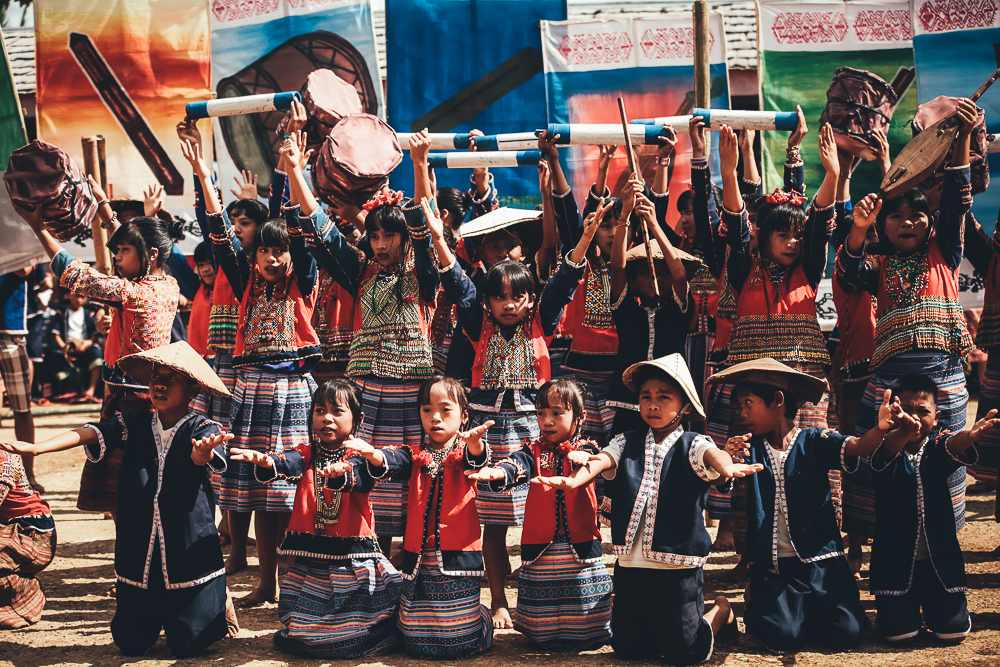
“You overcame and solved the challenges based on your customary laws. That’s the true meaning of the Kalindugan,” Quintayo told a crowd of Mandaya natives as she congratulated them on their celebration on Saturday, October 27.
Moreover, this community which continuously preserves the last vestiges of the Mandaya way of life, keep on being vanguards of peace by defending their territory against outsiders such as the rebels and being the guardians of their bountiful natural resources and lush protected forests from illegal miners and loggers.
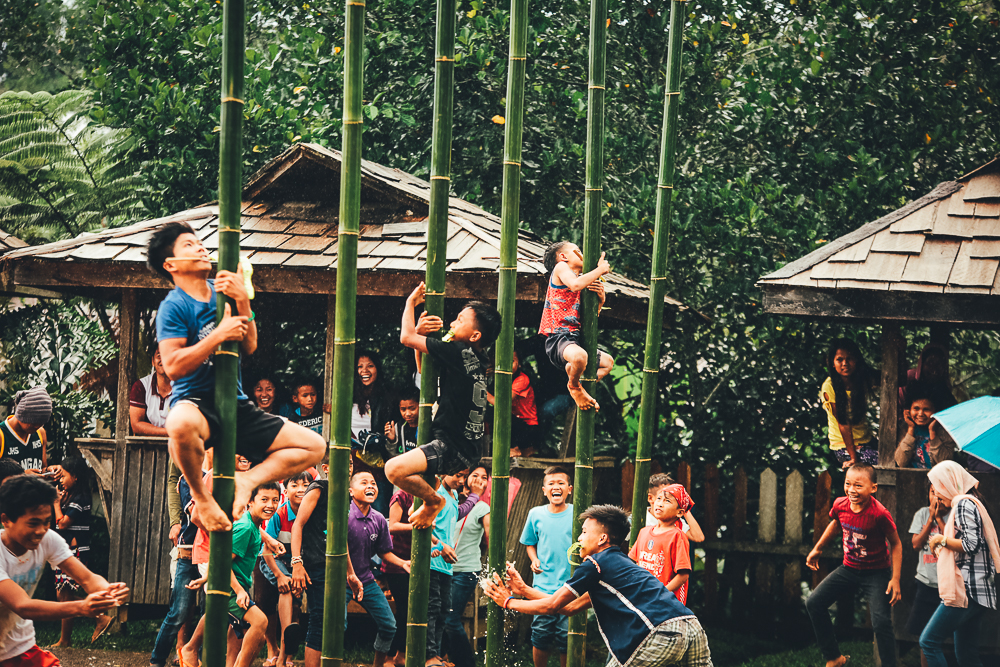
In the whole Davao Region, this Mandaya tribe was the first to be awarded a CADT, recognizing their autonomy over their territory as an ancestral domain. “This only means that your community is strong,” she added.
Having started the Kalindugan Festival only one year after the Indigenous Peoples Right Act (IPRA) came to be enacted in the country, she said the IP community here has a gone a long way in terms of protecting their ancestral domain, in promoting their culture, and exercising their leadership and self-determination.
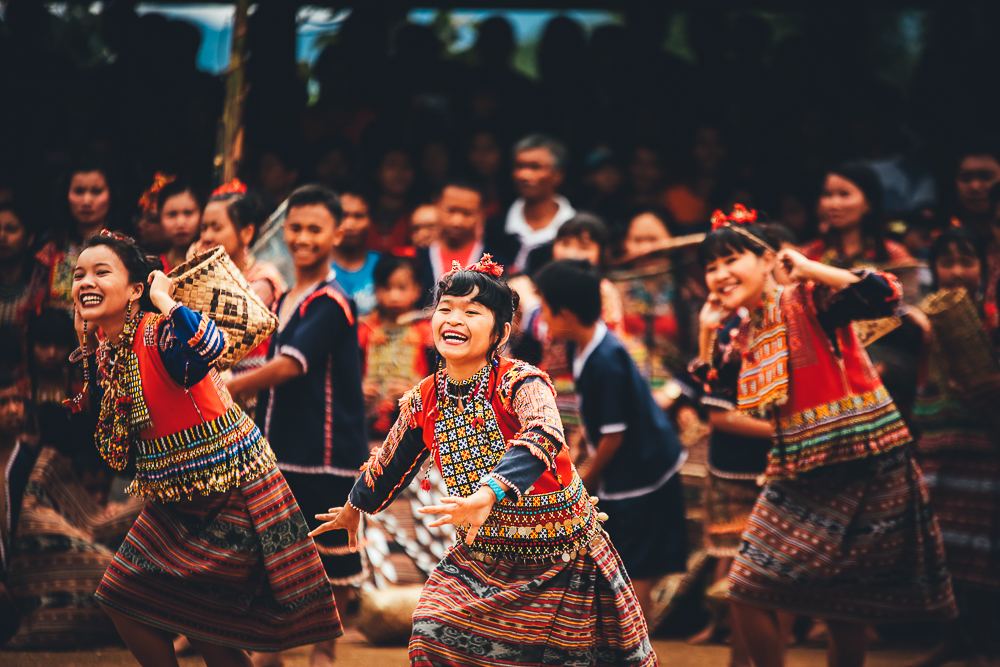
She said she is proud of what the CADT-01 community has accomplished over the years as they have built a model community that portrays the image of what an IP community should be “vis a vis to their ancestral domain, culture and self-governance”.
Despite the high stakes, the community has successfully surmounted the odds that not only led them to survive but enabled them to continue to flourish. And with the leadership of its young leader, the late chief’s daughter Christine, the Mandaya community is back on track as it now looks forward towards the future.

Tribal chief Christine Banugan said that despite the trials, her people remain determined to exercise their rights through the customary laws as she also entices the young Mandaya generations to continue to preserve their way of life which are slowly vanishing elsewhere amidst the backdrop of the modern times.
Under her watch, the young Banugan vows to continue her father’s legacy of developing and protecting their Mandaya community.
GOVERNMENT SUPPORT
All of these developments, however, did not come without the strong support from the government. The national government, through its policies and programs continue to benefit Indigenous Peoples communities in the country, including the Mandaya tribe of the CADT-01.
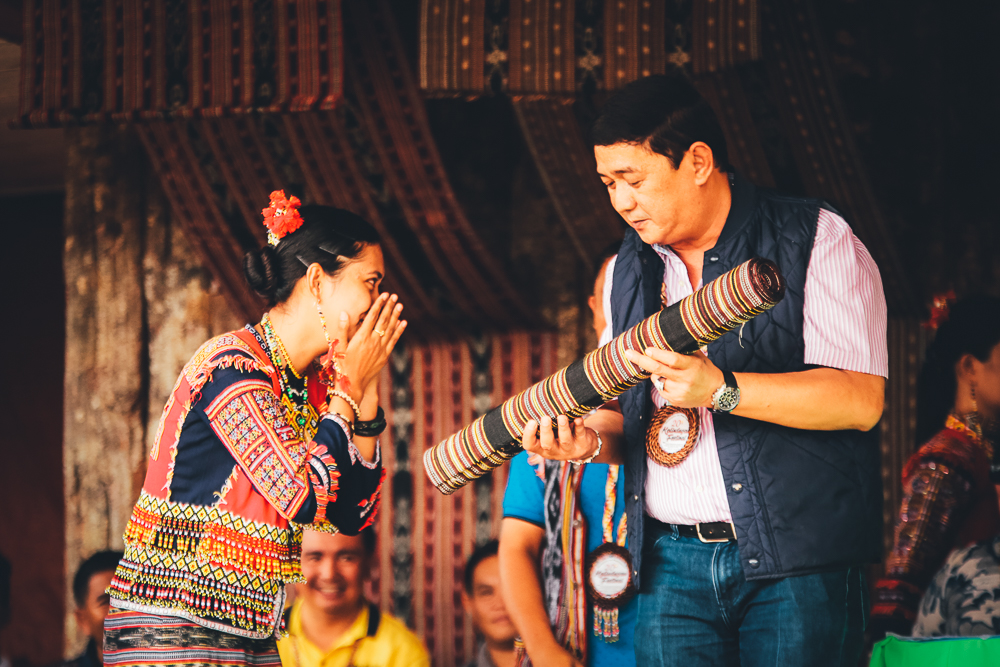
Aside from awarding them a title over their ancestral domain, the national government through its agencies, like the Office of the Presidential Adviser on Peace Process, Department of Agriculture, Department of Social Welfare and Development, and the like, have been pouring projects for the community’s sustainable development.
The NCIP, particularly, has been extending assistance in the development of their Ancestral Domain Sustainable Development and Protection Plan (ADSDPP) which serves as the blueprint for the ancestral domain’s development. This document serves as a reference for national funding agencies on what projects to implement, thus, maximizing government resources and ensuring sustainability.
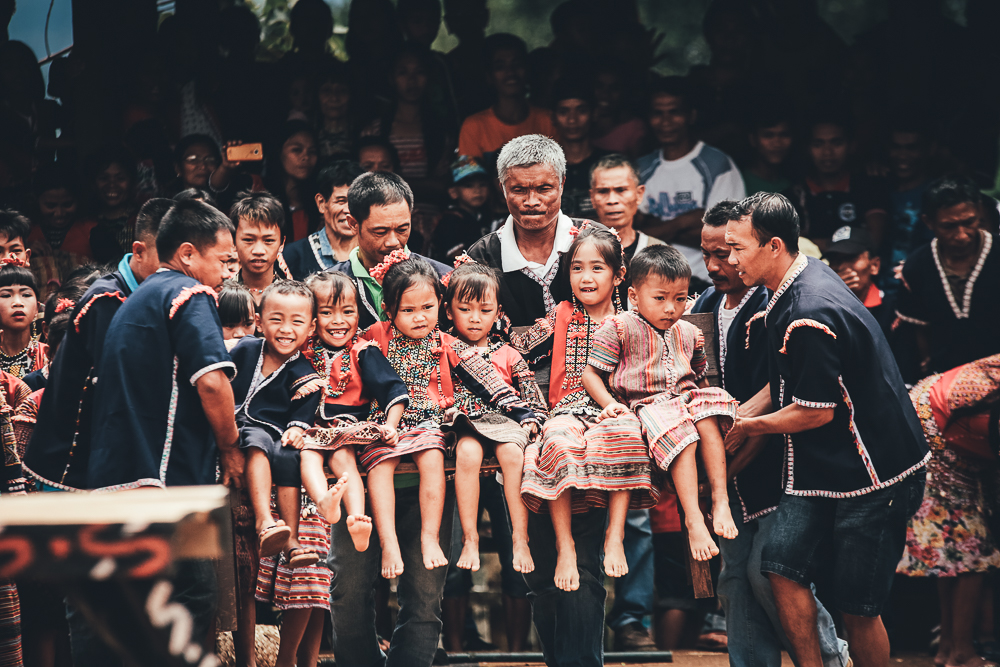
Also, partners on peace and security such as the police and the Philippine Army not only help protect them against outside threats but also encourage the Mandaya natives’ meaningful participation in building developments in their own community.
The Provincial Local Government, on the other hand, which has been the community’s crucial partner in development, has also consistently extended support.
The Office of the First District Representative Corazon N. Malanyaon has recently secured a funding allocation for the construction of a Mandaya-inspired tribal court, an essential infrastructure which will enable members and elders to orderly bring crucial matters before the tribal council.
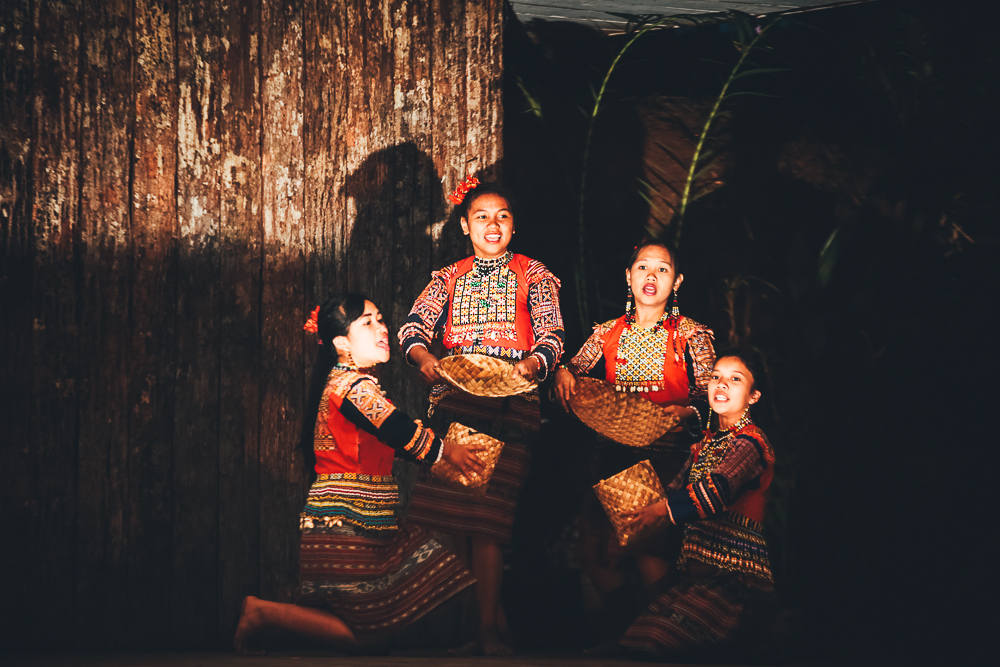
Furthermore, Davao Oriental Governor Nelson Dayanghirang has developed a Governance Framework wherein the Indigenous Peoples in the Ancestral Domains are given wider opportunities through various development programs. He also established an Indigenous Peoples’ Desk under his office so that the issues formerly raised only to the IP Mandatory Representative, NCIP, or tribal chieftains are now properly channeled by his office to concerned agencies, thus, promptly addressing issues concerning their communities while strengthening relationship with them in the process.
While they are considered protected and legally recognized, the IP communities are consistently urged to collaborate with the local and national government in the implementation of programs in the aim for a sustainable future for this remarkable Mandaya tribe. Photos by Eden Jhan Licayan

